Why a 2025 checklist matters for vintage cameras
What you’ll get: the 2025 realities that shape quick, reliable camera inspections before you buy or shoot.
I pulled a thrift‑store SLR from a dusty bin—frozen advance, no meter response, and a stiff shutter dial. It felt dead. A fresh battery and new seals turned it into a weekend workhorse that’s still making negatives I love.
Today’s market is hot, but condition varies wildly and parts can be scarce. A 2025‑ready checklist accounts for modern battery replacements, aging light seals, film availability, and practical test tools like a smartphone light meter and slow‑motion video. Your goal: confirm mechanical health, optical clarity, light‑tightness, and metering reliability—before you invest time or film.
Quick 60‑second pre‑check (buy time-saver)
What you’ll get: a lightning triage to spot deal‑breakers and decide if deeper testing is worth it.
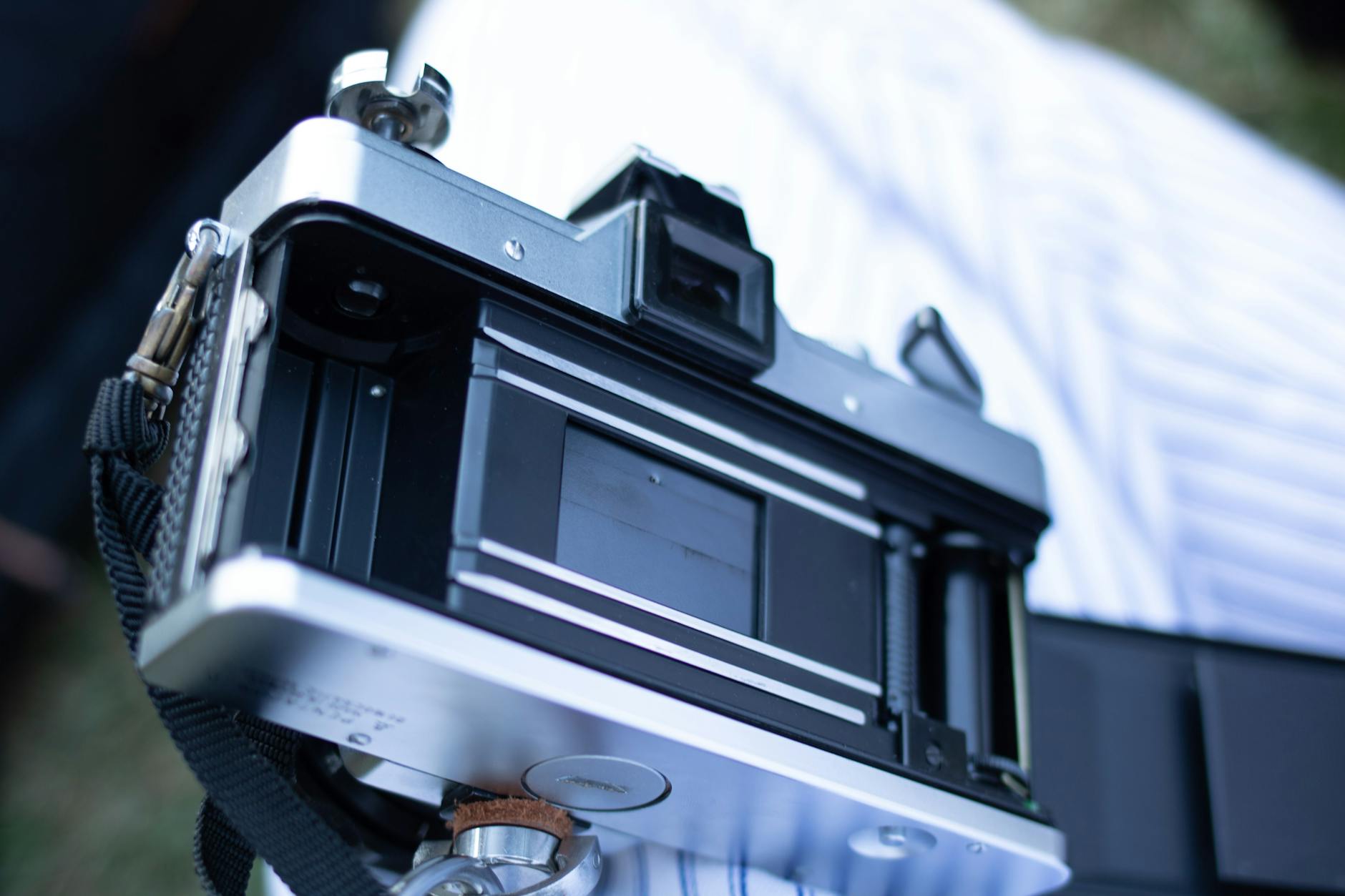
- Exterior: Look for dents near the lens mount/prism; check strap lugs for cracks.
- Lens: Shine a small light—reject for web‑like fungus or heavy haze; minor dust is normal.
- Transport: Wind and fire—feel for smooth advance and a distinct shutter click.
- Shutter: Set fastest speed and slowest; a clear change in sound indicates life.
- Battery bay: Open and inspect for white/green corrosion; sniff for acid smell.
- Viewfinder/Rangefinder: Confirm a bright image and focusing patch visibility.
- Back door seals: Touch the foam; if sticky or crumbling, budget for replacement.
Step‑by‑step inspection: body, shutter, and film transport
What you’ll get: a deeper mechanical check to verify reliable exposure, from advance to curtains and sync.
- Advance/Wind: Full stroke without grinding or slipping; rewind knob should turn as you advance (back closed).
- Shutter speeds: Cycle B, 1s, 1/2, 1/4… to fast; slow speeds should run audibly longer.
- Mirror/Prism (SLR): Mirror rises and returns; no sticking or foam shedding.
- Shutter curtains (focal‑plane): No pinholes when back open and shutter cocked; shine a light behind to check.
- Leaf shutter (in‑lens): Aperture opens/closes cleanly; no lag or uneven blades.
- Self‑timer: Engage; it should run down and fire consistently.
- Rewind: Engage the release button; verify smooth rewind action.
- Flash sync: On X‑sync, fire with a flash or flash tester if available.
Lens health check: clarity, focus, and aperture
What you’ll get: how to spot optical problems quickly and confirm smooth mechanics and infinity focus.

- Fungus vs dust: Look for branching patterns (fungus) vs random specks (dust).
- Haze/separation: Milky glow or rainbow edges indicate issues (possible balsam separation).
- Aperture blades: Cycle full range—snappy return, no oil, no sticking.
- Focus action: Smooth throw with even resistance; no stiff spots.
- Infinity: On a distant subject, focus at ∞; image should peak in the viewfinder.
Meters and batteries in 2025: what still works
What you’ll get: practical battery options and meter testing with modern tools.

- Battery type: Identify original spec (e.g., PX625); choose a modern equivalent or voltage adapter.
- Contacts: Clean light corrosion gently; avoid abrasive damage.
- Meter test: Compare against a smartphone light meter app across bright and dim scenes—consistency matters.
- LED/LCD display: Check segments/needle for stability and no flicker.
- Electronic bodies: Confirm shutter behavior with a battery; test multiple speeds for lockouts.
Need tools? See our Camera accessories for testing and maintenance.
Light seals, bellows, and backs: prevent light leaks
What you’ll get: simple tests to ensure your camera is light‑tight.

- Door channels: Press with a toothpick—crumbly or sticky foam needs replacement.
- Mirror dampers: Check the foam pad above the mirror (SLR).
- Hinge/latch seals: Confirm presence and condition.
- Bellows: In a dark room, put a light inside and look for pinpoints outside.
- Tape test: Temporarily seal edges with painter’s tape for a test roll if unsure.
What to test by camera type (compare 2025 checks)
What you’ll get: targeted checks for SLRs, rangefinders, point‑and‑shoots, TLRs, and instant cameras.
- SLR: Mirror return, prism de‑silvering, aperture stop‑down lever function.
- Rangefinder: Patch contrast and vertical/horizontal alignment; check at infinity.
- Point‑and‑shoot: Lens cover, autofocus confirmation, motorized zoom/advance noise.
- TLR: Focus screen alignment, shutter timing, viewing vs taking lens sync.
- Instant: Motor rollers cleanliness, pack battery contacts (where applicable).
| Name | Best for | Key spec | Look/Result | Latitude/Usability | Notes |
|---|---|---|---|---|---|
| SLR | Adaptable, manual control | Focal‑plane shutter | Precise framing | High; many lenses | Check prism and mirror foam |
| Rangefinder | Street, low‑light | Quiet cloth shutter | Bright finder | High; fast primes | Verify RF alignment |
| Point‑and‑shoot | Compact convenience | Electronic AE/AF | Auto‑everything | Medium; battery‑dependent | Test flash, AF confirm |
| TLR | Medium‑format portraiture | Leaf shutter | Smooth bokeh | High; slow, deliberate | Screen alignment, shutter CLA |
| Instant | On‑the‑spot prints | Pack battery/rollers | Unique tones | Medium; film cost | Clean rollers; test pack |
Attribute ratings (0–5)
Indicative guidance to set expectations; individual models vary with age, service history, and parts availability.
Pros
- SLR and TLR: Mechanical reliability and serviceability; easier DIY checks.
- Rangefinder: Quiet, bright finders; fewer mirror‑related issues.
- Point‑and‑shoot: Compact, quick operation for casual shooting.
Cons
- Point‑and‑shoot and Instant: Heavily battery/electronics dependent.
- SLR: Potential prism desilvering and mirror foam degradation.
- Rangefinder: Alignment work can require specialist service.
Quick decision
- Want a robust starter? Pick an SLR with a mechanical shutter and fresh seals.
- Love quiet street work? Choose a rangefinder with a bright, well‑aligned patch.
- Travel‑light snapshots? A tested point‑and‑shoot with strong flash and AF confirm.
- Medium‑format portraits? A TLR with smooth focus and snappy leaf shutter.
- Instant gratification? Go instant—but verify rollers and battery contact health.
Ready for a dependable body? Shop tested SLR film cameras or Explore rangefinder cameras.
Value and buying considerations (second‑hand smart picks)
What you’ll get: how to balance condition, parts support, and total cost of ownership.
- Parts and service: Is a CLA commonly available for this model?
- Total cost: Camera + likely CLA + seals + batteries.
- System depth: Are lenses/filters readily found second‑hand?
- Battery dependence: Mechanical vs electronic shutter risk tolerance.
- Return policy: Favor sellers offering returns or testing assurances.
I once passed on a mint‑looking body with hidden battery leak damage and chose a brassed, mechanically smooth SLR instead. The “ugly” one shot flawlessly; the shiny one would have been a shelf queen.
Red flags vs fixable issues
What you’ll get: a simple rule‑of‑thumb for when to walk away or budget a repair.
- Walk away: Torn shutter curtains, separated lens elements, severe battery leak into circuitry.
- Maybe fix: Sticky slow speeds on a mechanical shutter (likely CLA).
- DIYable: Light seals, basic exterior cleaning, foam mirror bumper.
- Unknowns: Intermittent electronics—only if priced with risk margin and parts exist.
Run a low‑risk test roll and at‑home checks
What you’ll get: a quick field validation before an important shoot.
- Load a test roll: Shoot across shutter speeds and apertures.
- Bracket: ±1 stop on uncertain scenes to map meter bias.
- Focus test: Shoot at ∞ and close focus targets wide open.
- Light leak check: Include frames in bright sun with the back taped on suspect seals.
- Evaluate negatives/scans: Look for uniform spacing, sharpness, no streaks/leaks.
Creative projects to try once it passes the checklist
What you’ll get: easy starter projects to learn your camera’s personality.
- Sunny‑16 walk to practice manual exposure.
- Tripod night shot using Bulb and a cable release.
- Multiple exposure sequence on static subjects.
- Black‑and‑white portrait mini‑series with one lens.
Printable 2025 vintage camera inspection checklist
What you’ll get: a one‑page reference to save on your phone for in‑store or meetup inspections.
- Body: No major dents; strap lugs intact; dials move positively.
- Transport: Smooth wind; shutter cocks and fires; rewind works.
- Shutter: Audible difference between slow/fast; no sticking.
- Mirror/Prism (SLR): Mirror returns; no heavy prism desilvering.
- Curtains/Leaf: No pinholes; blades clean and snappy.
- Lens: No fungus/severe haze/separation; aperture oil‑free; focus smooth; ∞ focus checks.
- Viewfinder/RF: Bright; patch aligned; diopter (if present) works.
- Meter/Electronics: Correct battery; stable readings; display OK.
- Seals/Bellows: Foam not gooey/crumbly; bellows light‑tight.
- Flash/Sync: Fires at X; hot shoe/PC port functional.
- Accessories: Caps, strap, case, filters; check for odd vignetting risks.
- Docs/History: Ask about last service; keep notes/photos of condition.
FAQs
How do I test if a vintage camera works in 2025?
Do a quick triage (wind/shutter, lens clarity, seals, battery bay), then a full check: transport, shutter speeds, meter vs phone app, light‑seal integrity, and a short test roll to confirm spacing, sharpness, and exposure.
What features should I check before buying a vintage camera?
Shutter/transport function, lens condition (no severe fungus/haze), viewfinder/rangefinder alignment, meter operation or a plan to meter, light seals, and overall serviceability (parts and CLA availability).
Can vintage cameras still be reliable for photography in 2025?
Yes. Mechanical bodies with fresh seals and a recent CLA can be very reliable. Electronics‑dependent cameras can be reliable too if parts and proper batteries are available; verify before committing.
What can replace banned mercury batteries?
Use zinc‑air cells, voltage adapters, or have the meter recalibrated; alternatively, meter externally. Confirm voltage needs for electronic shutters to avoid lockouts.
How can I test a camera without loading film?
Dry‑fire through speeds, inspect shutters/curtains, check advance and rewind, verify meter with a phone app, and do a dark‑room flashlight leak test. A test roll is still recommended before important work.
Download the printable 2025 inspection checklist
Keep the one‑page PDF on your phone for in‑store checks and meetups. It’s free and saves film, time, and frustration.
Download the printable 2025 inspection checklist
Prefer a camera that’s already vetted? Browse our inspected gear, refresh seals sustainably, and recycle what you don’t use.

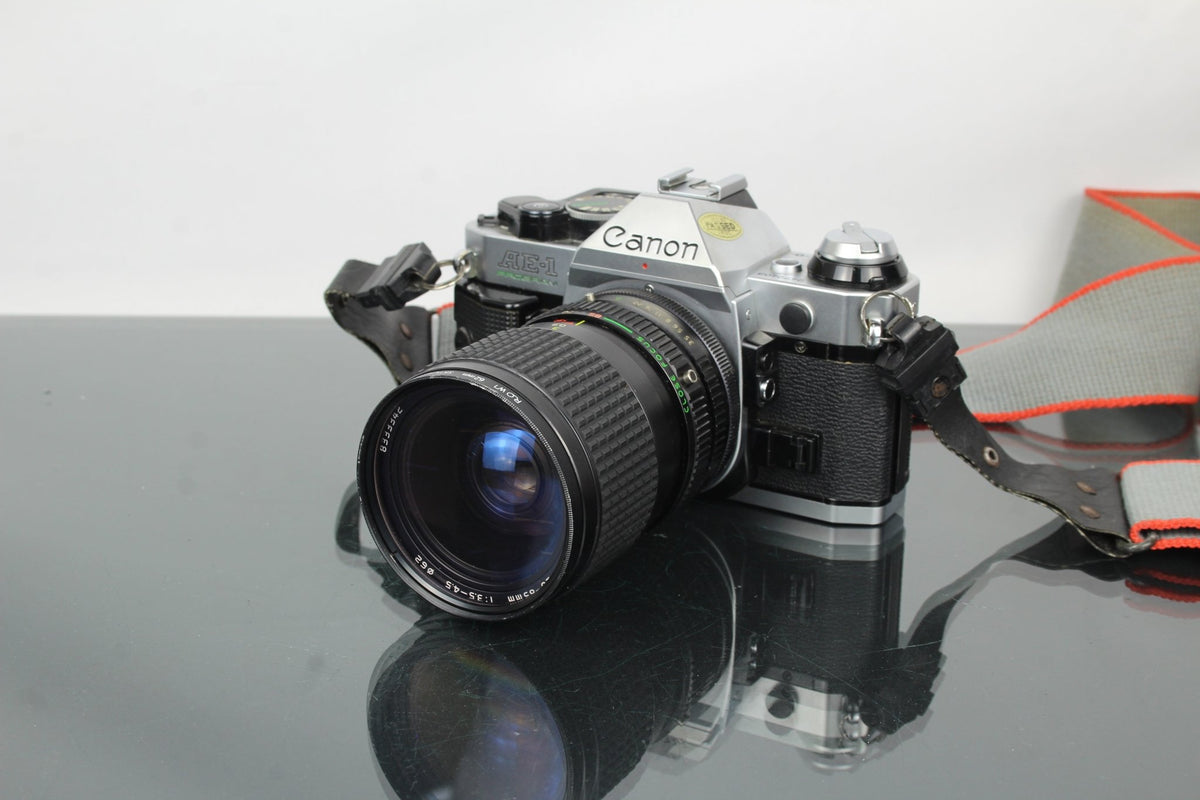
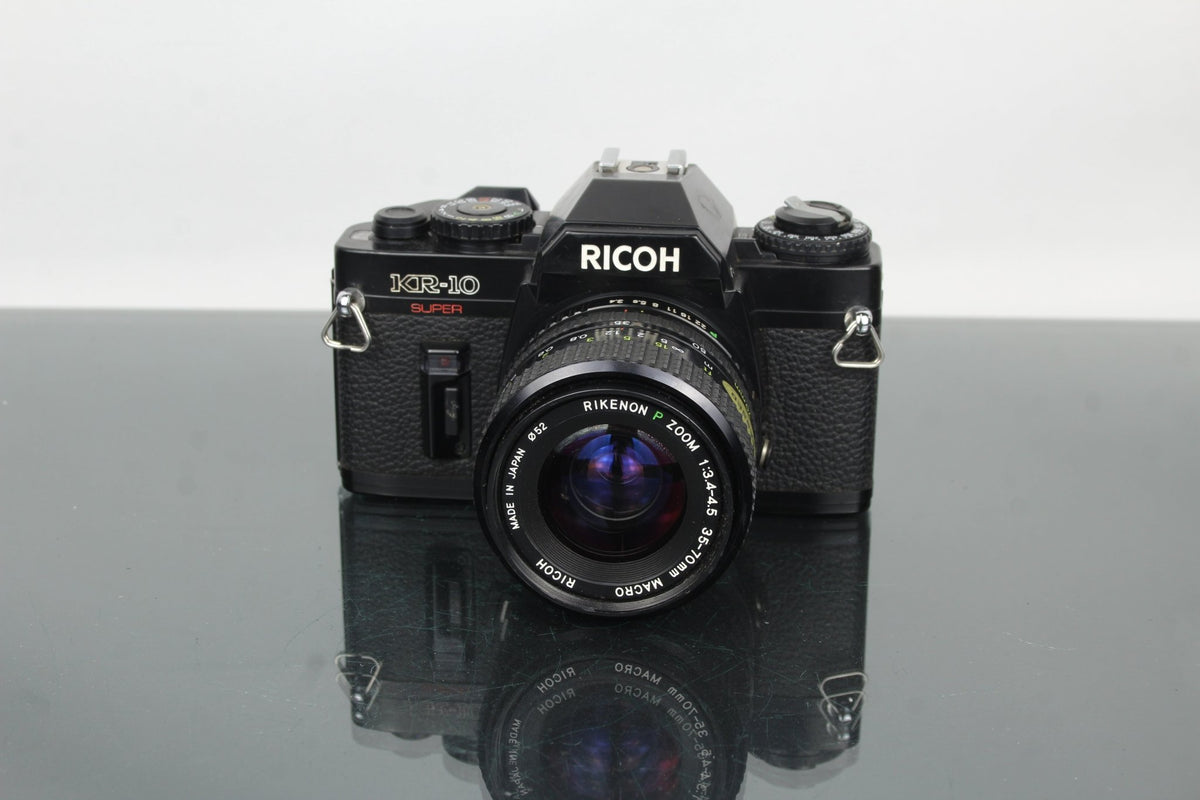
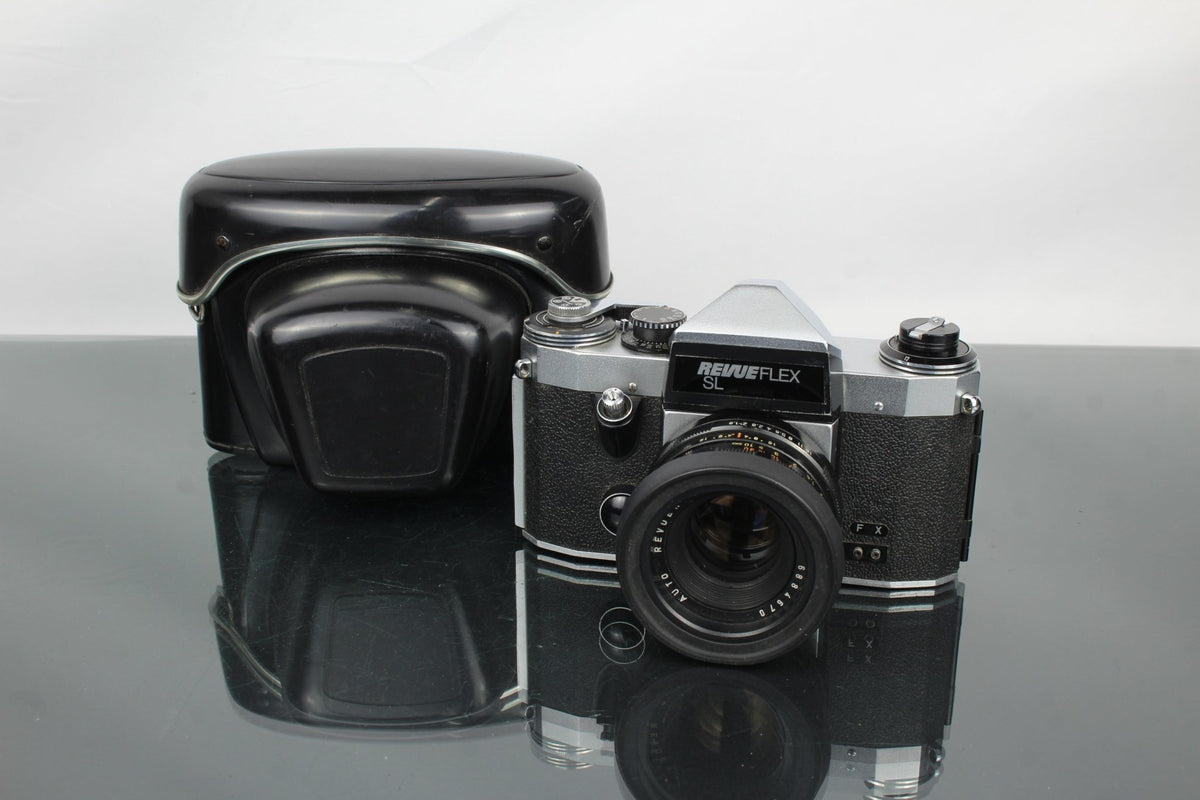
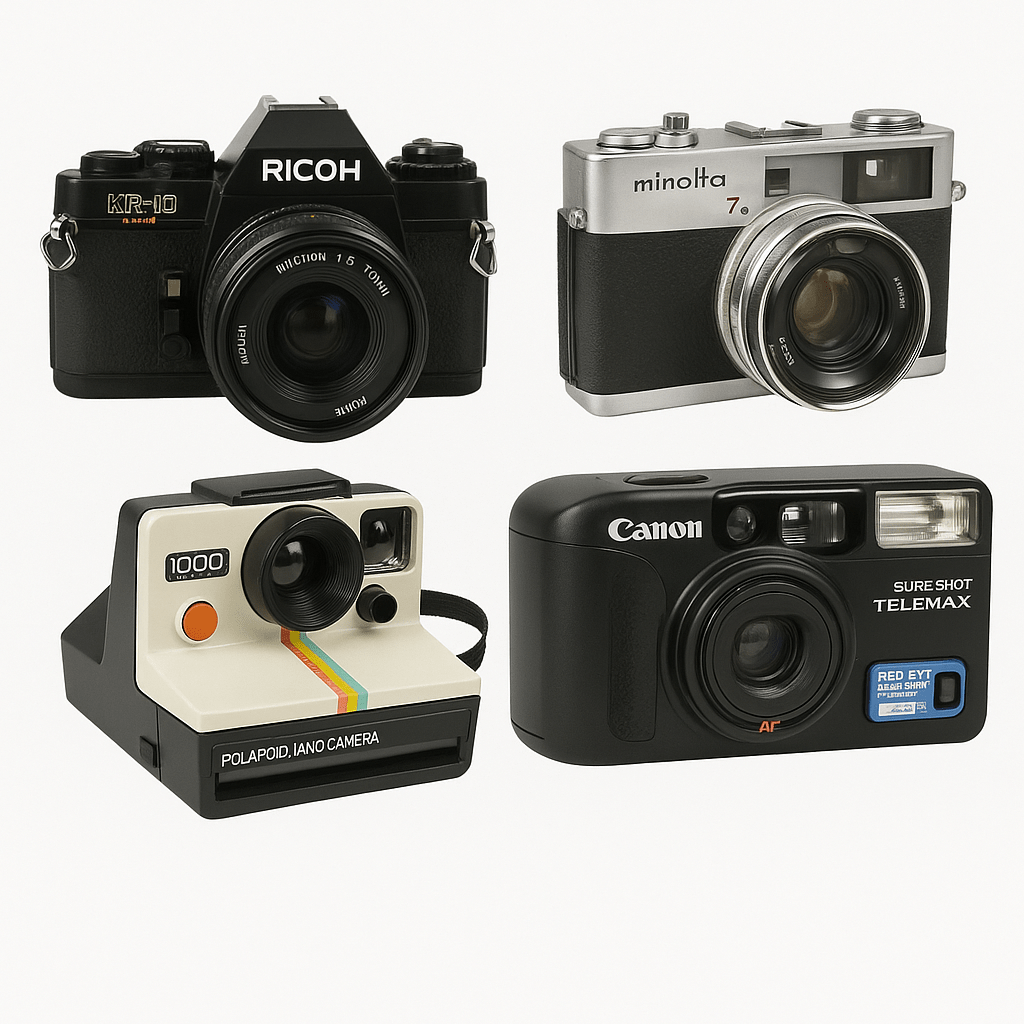
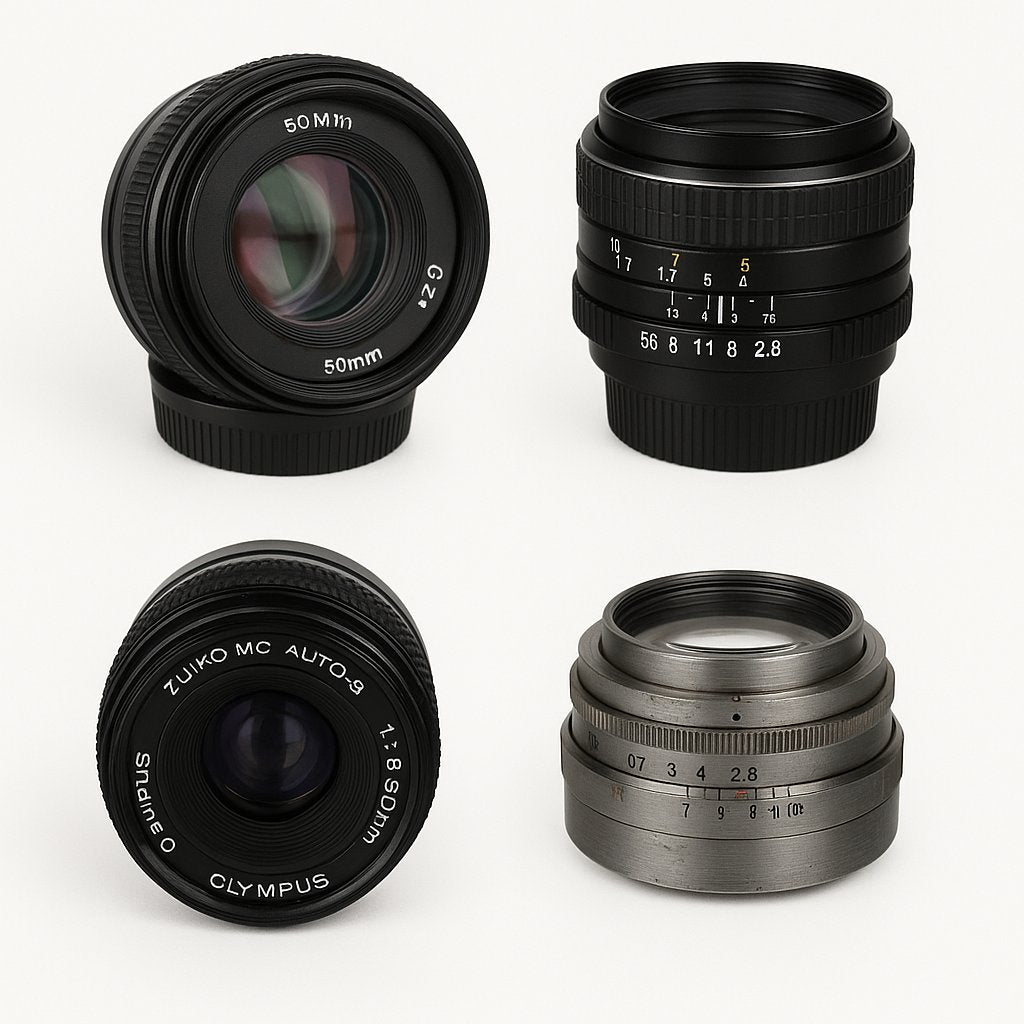
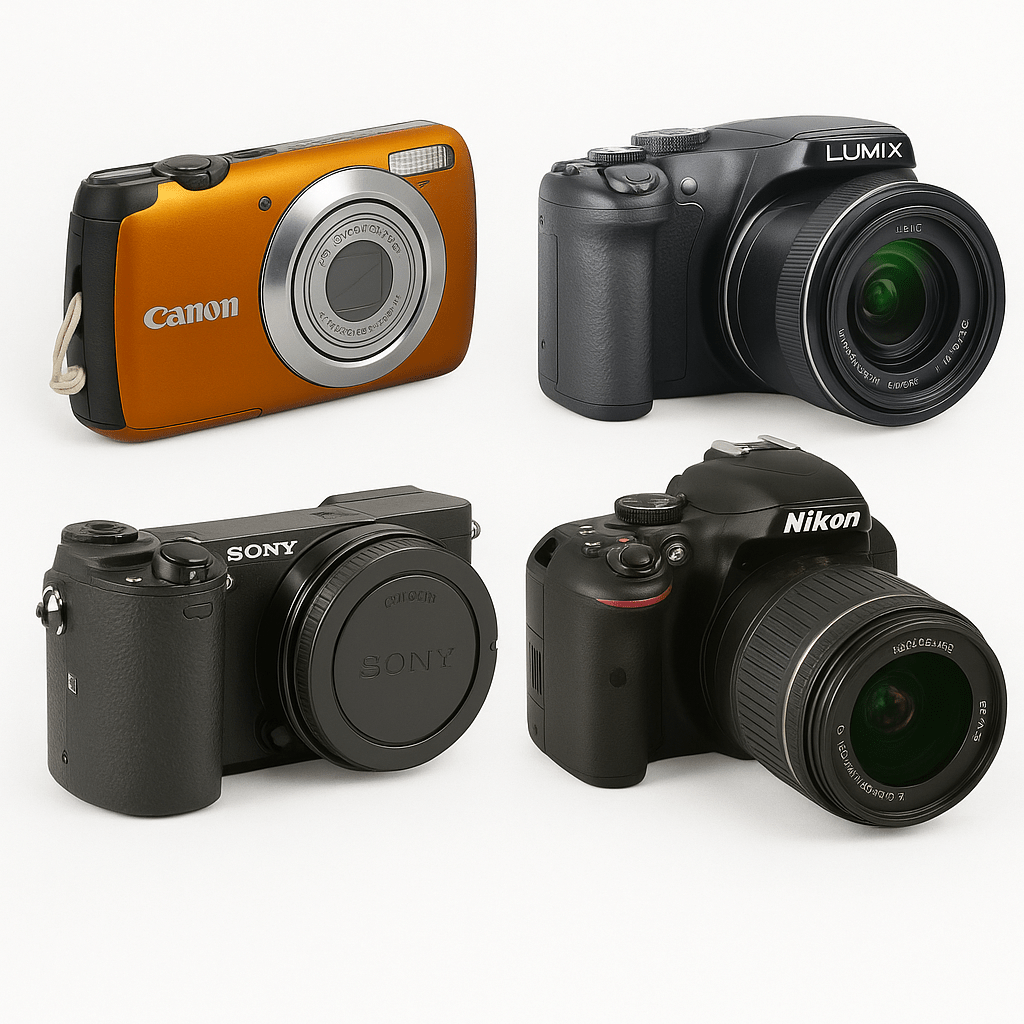
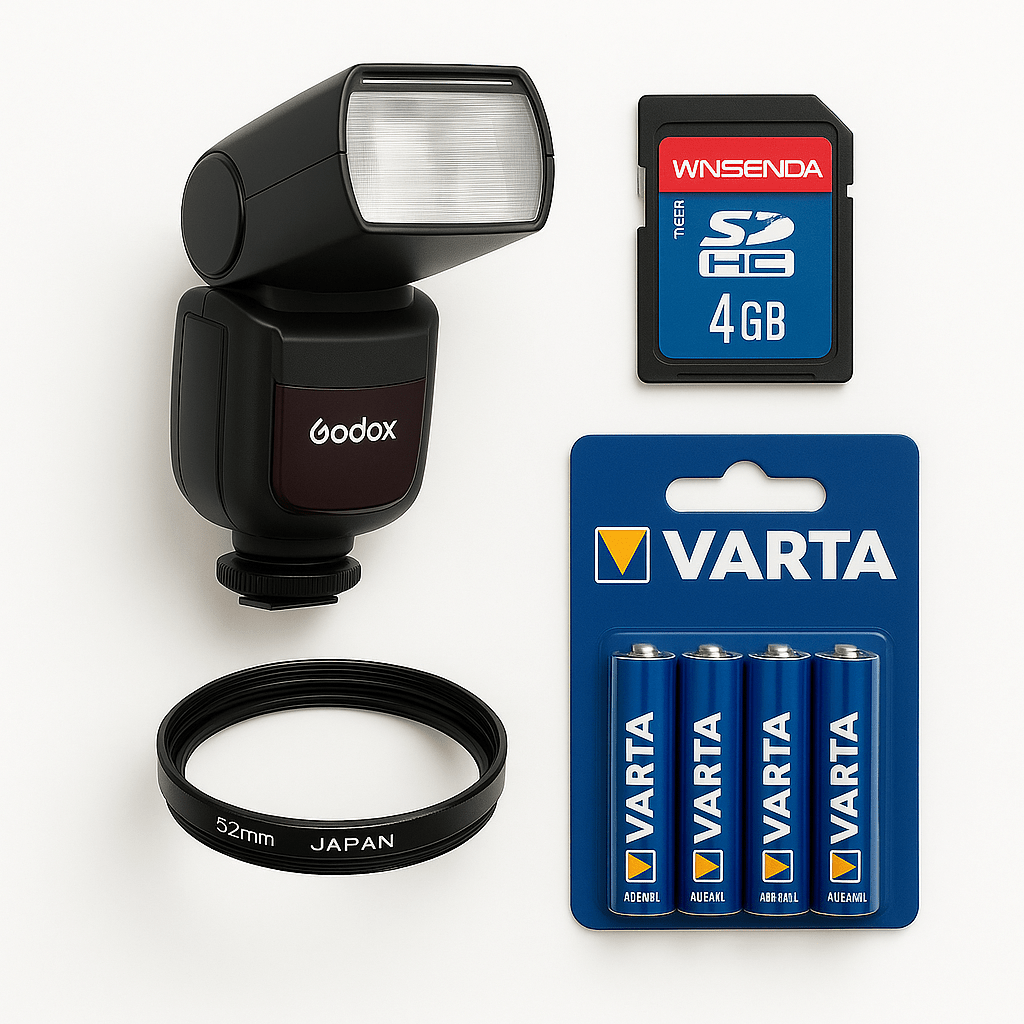
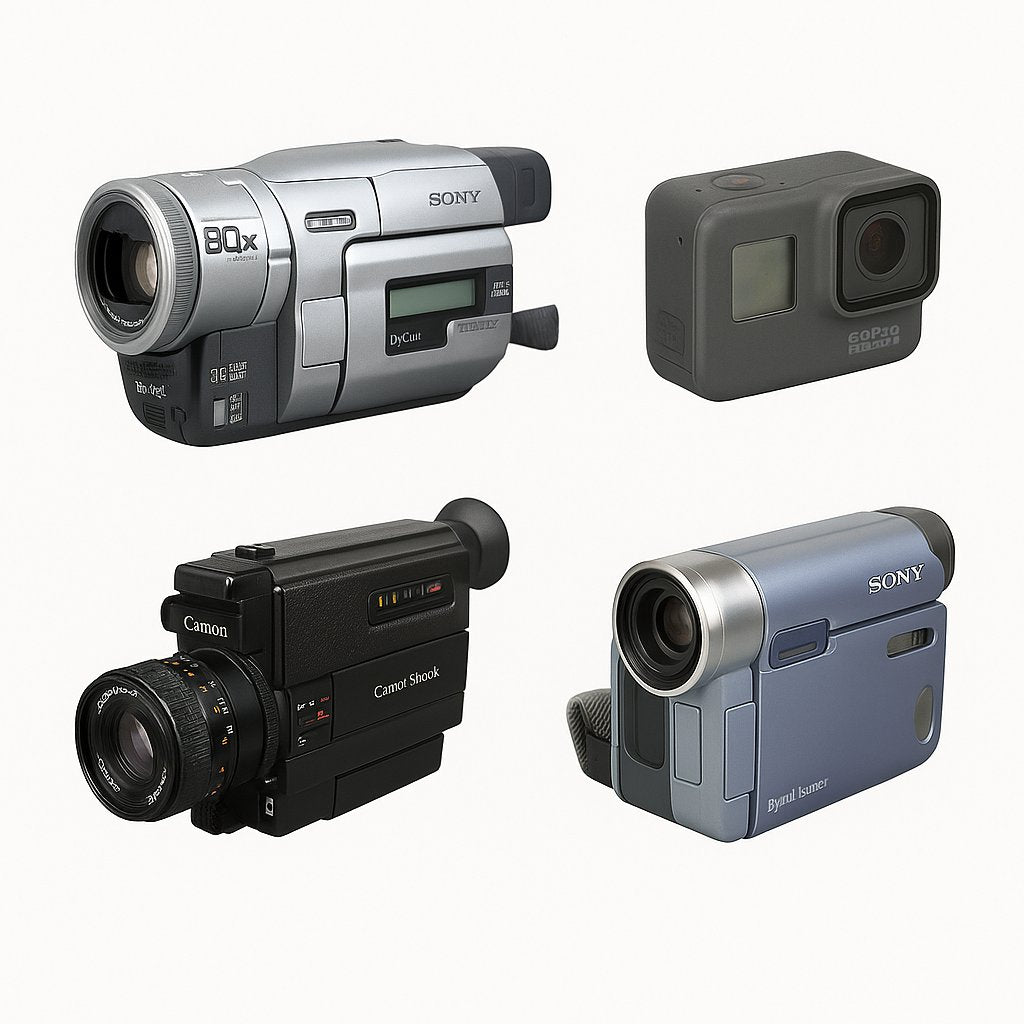
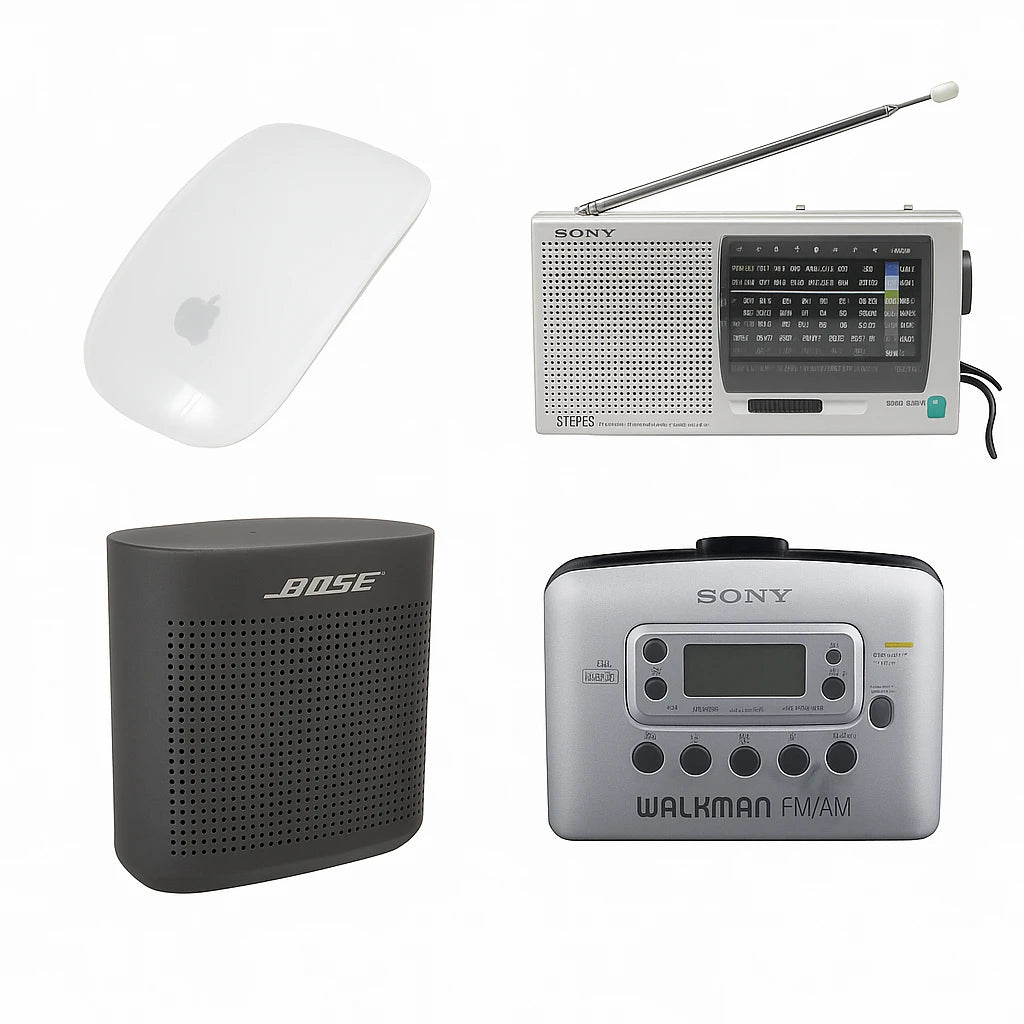
3 comments
https://ap.j-atomicenergy.ru/index.php/ae/comment/view/5500/0/625104old guns
Hi, for all tikme i used to check web site posts here in the early
hours in the dawn, because i love to find out more and more.
http://himhong.lolipop.jp/cgi-bin-sugar/rbbook.cgi?frame=offold guns
Good day! Would you mind if I share your blog with my twitter
group? There’s a lot of folks that I think would really appreciate your content.
Please let me know. Cheers
https://paul-coronado-c54.firebaseapp.com/what-is-the-best-compact-camera-under-100.htmlold guns
Touche. Sound arguments. Keep up the good effort.